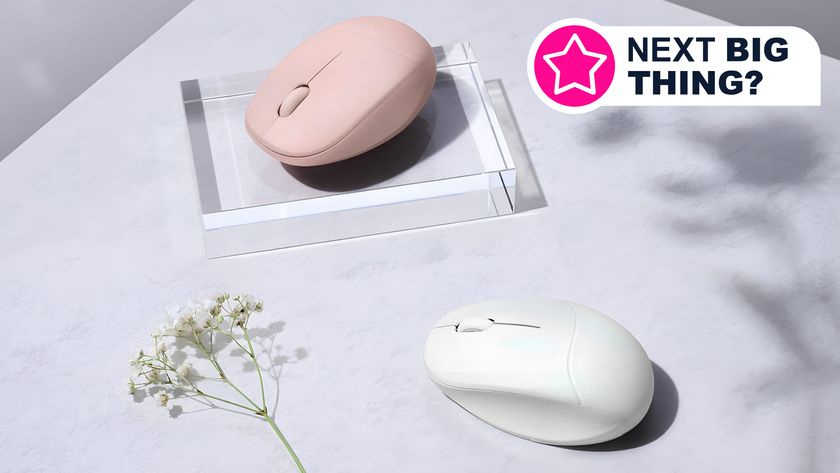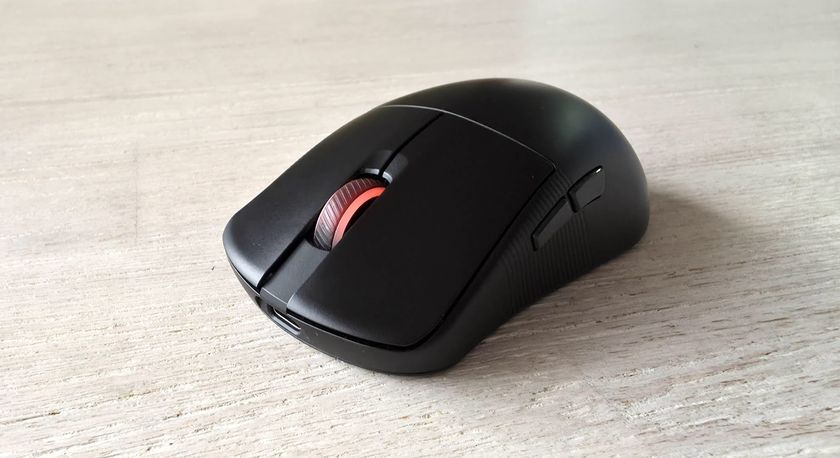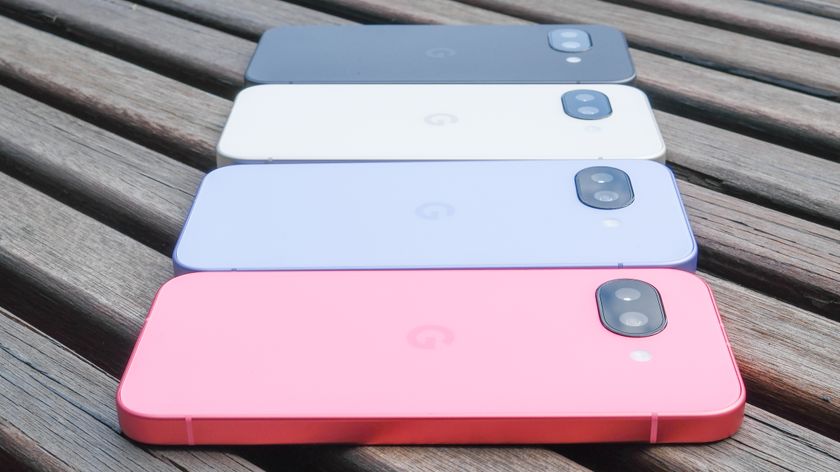The X-factor
Fast forward to 2001, and Apple launched a radically new version of its operating system named Mac OS X, which had a much more modern look and feel. In place of flat, monochrome windows and icons, it used subtle textures and soft shadows to make the display richer.
Some users disliked it at first, finding the graphical effects distracting, but – just like the styling of the latest Macs – it proved attractive to people who'd previously found computer screens off-puttingly dull and fiddly.
Microsoft couldn't respond straight away because it was busy working on some visible aspects of Windows: bringing together the business and consumer editions (NT and Me) into Windows XP. With that release out of the way, Microsoft set about giving Windows a full Apple-style makeover.
When Windows Vista eventually appeared in 2007, a few eyebrows were raised at just how closely it resembled Mac OS X. Like Apple's 'Aqua' interface, Microsoft's 'Aero' used textures, transparency and soft shadows. While Macs offered handy software tools as 'widgets' in a 'Dashboard', PCs got 'gadgets' in a 'Sidebar'.
Like OS X, Vista made good use of a system-wide search facility. And in place of Apple's Exposé, which showed all of the open windows flattened out on the desktop, Vista offered Flip 3D, which stacked them one behind another.
Version 7 of Microsoft's Internet Explorer browser seemed to have learned lessons from Apple's Safari, too. And meanwhile, Apple released Safari for Windows, giving Explorer some competition and PC users an alternative.
Get daily insight, inspiration and deals in your inbox
Sign up for breaking news, reviews, opinion, top tech deals, and more.
Mac OS X was also notable because it switched Mac users to a completely new underlying operating system. Microsoft didn't go quite that far with Vista because it was hampered by the need to retain compatibility with PC hardware, over which – unlike Apple – it had no direct control. But, no doubt encouraged by Apple's example, Vista made a bigger jump forward than Windows had for years, cutting out some of the dead wood and improving system security.
The operating system didn't go down well with users, however, with many people criticising it for its slowness and seemingly unnecessary bloat. If imitation is the sincerest form of flattery, Vista was a tribute to Apple. But Jef Raskin didn't intend it as a compliment when he told The Guardian in 2004: "There is [now] only a little difference between using a Mac and a Windows machine." His point was that the OS he had helped to design was now no better than Microsoft's. 'The Mac is a mess,' he concluded.
Horses for courses
Apple's hardware has also proved hugely influential. The original Mac was an instant design icon, and in 1998 the iMac re-established Apple as the leader in innovation. Its bulbous, translucent, almost toy-like form was totally different from any PC system design the world had ever seen.
It's worth recalling, though, that the intervening years had seen some decidedly non-stellar Macs. The shed-like Mac Portable of 1989 was poorly conceived, and models such as the 5300 – which was prone to crack, black out and occasionally catch fire – were also less than endearing. Inside the boxes, however, Apple seemed to have backed the right horse with its Motorola processors.
As the 6800 series gave way to the PowerPC, produced by the Apple/IBM/Motorola (AIM) alliance, performance overtook Intel's Pentiums. Intel, the dominant PC processor maker, resembled Microsoft in having a near-monopoly in its market, and as such it might have chosen to rest on its laurels rather than improving its chips. But with Apple advertising its machines' superiority, Intel had to fight back.
Thanks partly to the Intel vs AIM rivalry on the desktop, PC users got more bang for their buck. In 2004, disappointed with the PowerPC G5, Apple switched to Intel processors. This made it possible for the first time to compare Mac and PC hardware directly, and for others to ask – as Microsoft is doing today in its 'Apple tax' advertising campaign – why Apple was charging more money for the same underlying specs.
One justification is the renowned build quality of Apple machines. Under award-winning British designer Jonathan Ive, everything from the graphical interface to the packaging exudes quality. PC makers were initially slow to respond, but have increasingly taken on board the need to compete on style as well as price.
In 1999, the year after the iMac's launch, Intel held a fashion parade of designer PCs to remind makers that they could use colours other than beige. Microsoft encouraged more attractive systems to complement the revamped Vista interface, and its 2007 Next-Gen PC Design Competition drew a range of entries, including some shaped like desks and sushi trays. Real PCs may not be quite so exotic, but they've become noticeably more aesthetically appealing.
Sony's Vaio laptops have long echoed the minimalism of Apple's MacBooks, while Dell's recent Studio series shows influences from several generations of Macs; its coloured panels recall those of the early iBook, for example. All-in-one systems such as Dell's XPS One and Sony's VGC series also compete directly with the current flatscreen iMac.
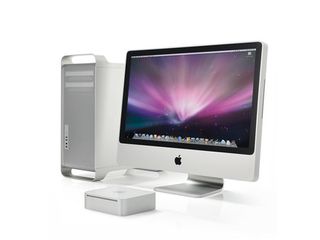
FASHION STATEMENT: Power and stunning design combine to make this one of the most desirable desktops around
Apple's innovations have been far more than skin-deep, though. In the 1990s, Macs were the first computers to incorporate CD-ROM drives and multimedia features as standard, and Apple was the first company to sell a proper consumer digital camera, the QuickTake 100.
Along with Steve Jobs' ownership of the Pixar animation studio, this helped Apple to forge links in the entertainment business as well as the IT industry.
New horizons
This unique understanding of what people wanted from personal entertainment enabled Apple to launch the iPod. It wasn't the first or the cheapest MP3 player, but it was the one that caught the imagination of the general public.
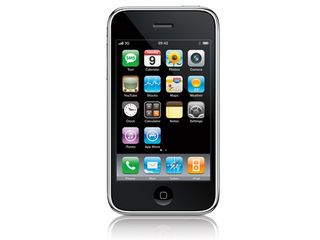
APPLE IPHONE: The iPhone 3GS is Apple's latest device and has pushed the boundaries of what a phone can do
Next came the iTunes Store, which was the first online music source to find favour with both the public and the record companies. Microsoft's answer to the iPod was the Zune media player. Despite some advantages over its competition, including a built-in FM radio, it looked pedestrian compared to Apple's design, and while iPods were PC-compatible, Zune didn't work with Macs.
As a company, Microsoft has never achieved Apple's 'cool factor', and while this is irrelevant to many software purchases, it's fatal when selling devices that are chosen as much for fashion as function. That may make Apple's appeal sound rather superficial. On the contrary, the company has hit on something profound across its whole range of products: the need for technology to offer an emotional appeal. It's right there in those first Mac adverts, with relaxed, prosperous, stylish people enjoying a computing experience that's always intuitive and never frustrating.
After 25 years, hardware and software in general still doesn't quite live up to that promise, but Apple can take a lot of the credit for moving things a long way in the right direction. Where next? Moving beyond the mouse, both Microsoft and Apple are pushing touchscreen interfaces as the next big thing; but if Raskin was right, we may need a more fundamental rethink of the interfaces that have grown familiar since 1984.
Unless they move fast, today's leaders could be tomorrow's Big Brothers – and we can only guess who'll be throwing the next sledgehammer.
